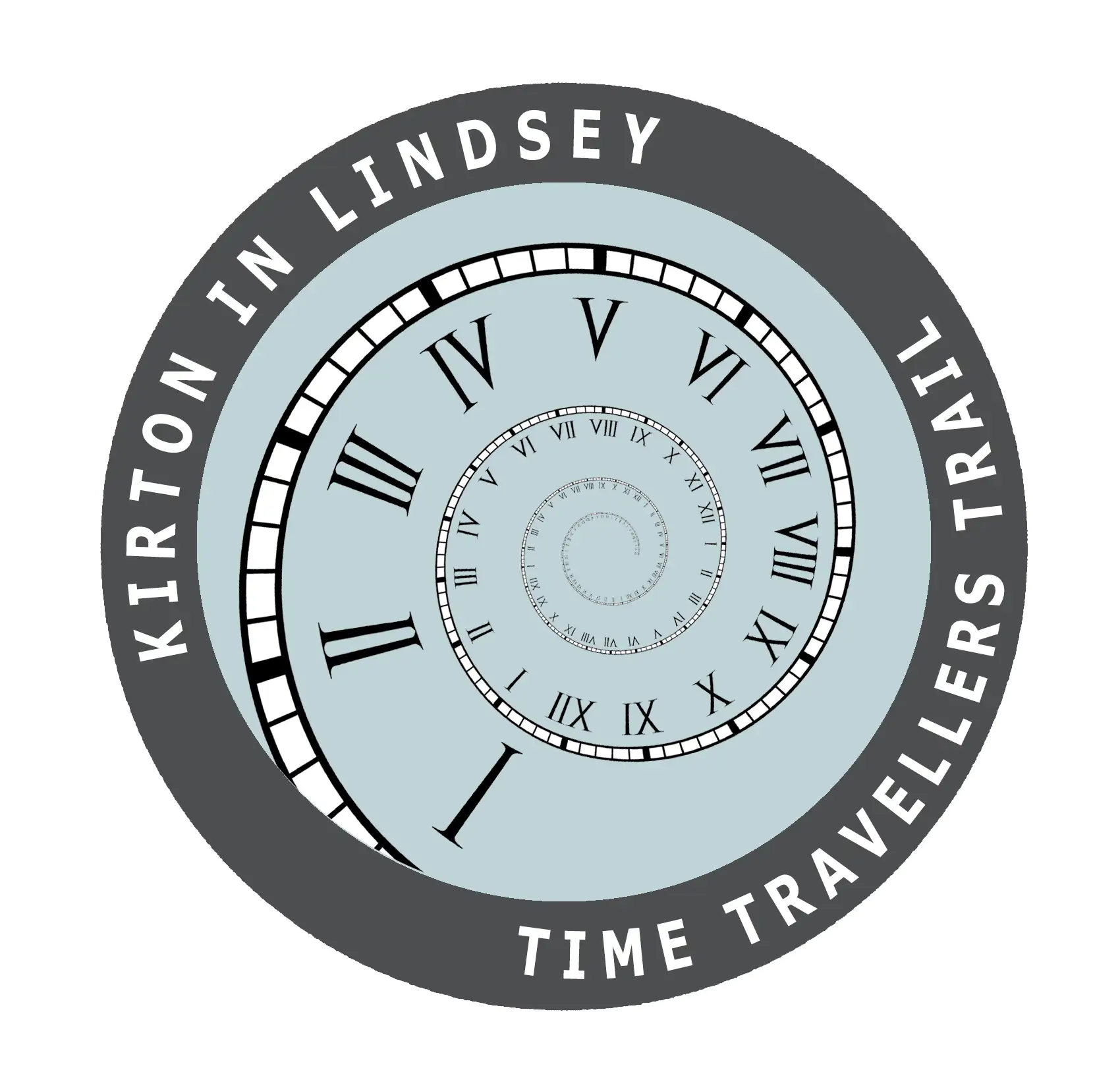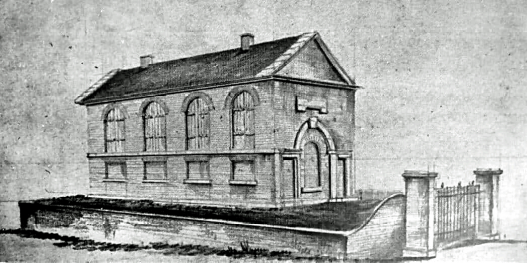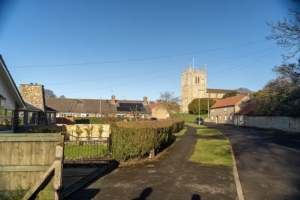4
The Manor Courthouse
This is the Manor Courthouse – an institution which has a long history of dealing with disputes and transgressions. The manorial court system goes back to the 1300s and dealt with matters over which the Lord of the Manor had jurisdiction. These included civil wrongs that cause a claimant to suffer loss or harm, local contracts and land tenure and ownership issues.
The Manor Court
The Manor Court for Kirton had traditionally been held in a building (no longer standing) near the church but by 1762 the building was in a bad state and the Duchy of Cornwall gave permission for a new courthouse to be built on the North Green. It was called The Prince of Wales Courthouse and this line drawing by John Nattes in 1794 shows how it looked when first built.
The Work Of The Manorial Court
A look at the court books for the period 1775-1790 gives an insight into the work of the Manorial Court and the transgressions covered.
12th May 1786 – Thomas Codd fined 10s 6d (52½p) for trespassing in the cornfield with his horses and John Hunsley was fined £1.1s (£1.05p) for doing the same with his sheep.
In 1790 Thomas Neal of Cleatham was fined 6s.8d (33p) for overgrazing with his horses and in 1775 John Barker had been fined the same amount for not ringing his pigs and allowing them to over-dig the soil.
There were also fines for wrongly collecting firewood or taking ‘thorns from fences’ (presumably hawthorn cuttings to grow your own) and in 1792 William Hargreaves was fined £2 for selling limestones and bricks from the common land to people beyond the town.
To put these fines into context, a farm labourer would earn about £18 a year.
Manorial courts generally declined during the 17th and 18th centuries but, in Kirton, it was active well into the 19th century. However, towards the end of that century it was decommissioned, a first floor was inserted and it was converted into two houses. Today these have been knocked back into one private residential property which has a Grade II listing.
From here go a little way along the road to the library building.




